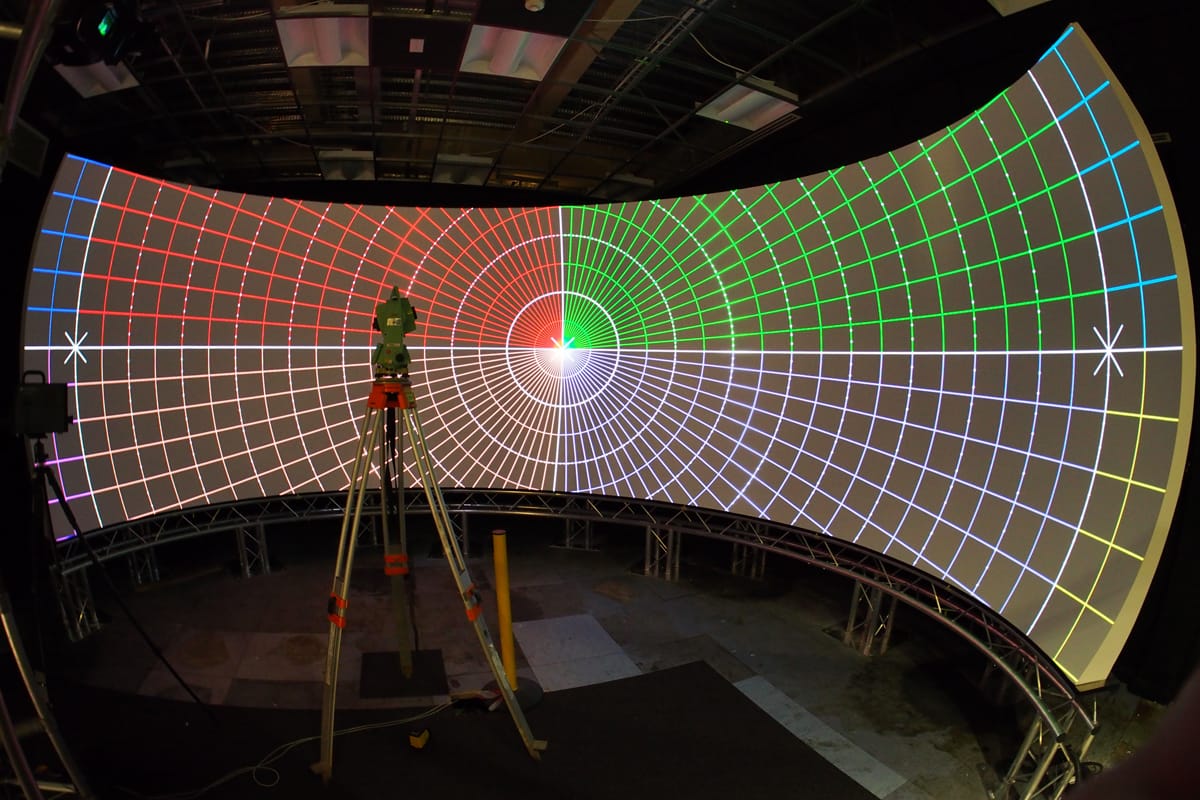
Display types
Including Curved Screens, Caves, Domes, Toroidal and Powerwalls. Front and rear projection. 2D and 3D.
Create engaging environments with cutting-edge immersive displays and experiences
The Visual Displays Immersive Division provides comprehensive services, products and solutions. Whether you are looking for a specific display or design - or whether you are new to immersive and looking for more information about this ‘hot topic’ - you’ve come to the right place.
Immersive displays provide high-impact visual environments tailored for training, simulation, research, and entertainment. Each display type offers unique advantages, making it crucial to select the right solution for your needs.
‘Immersive’ also refers to the nature of user experiences, including interactivity.
If you are at an early stage with your project or your thinking, you’re not alone! Ask ten people to define ‘immersive’ and you’ll hear ten different answers. Please download The Essential Guide to Immersive Displays to understand the many types there are - and all your options. Or book a no-obligation 15-minute Teams call with us.
If you know what you need or have a specific project, this page will give you a great overview of our comprehensive services, products and solutions, with options to click on more detailed pages.

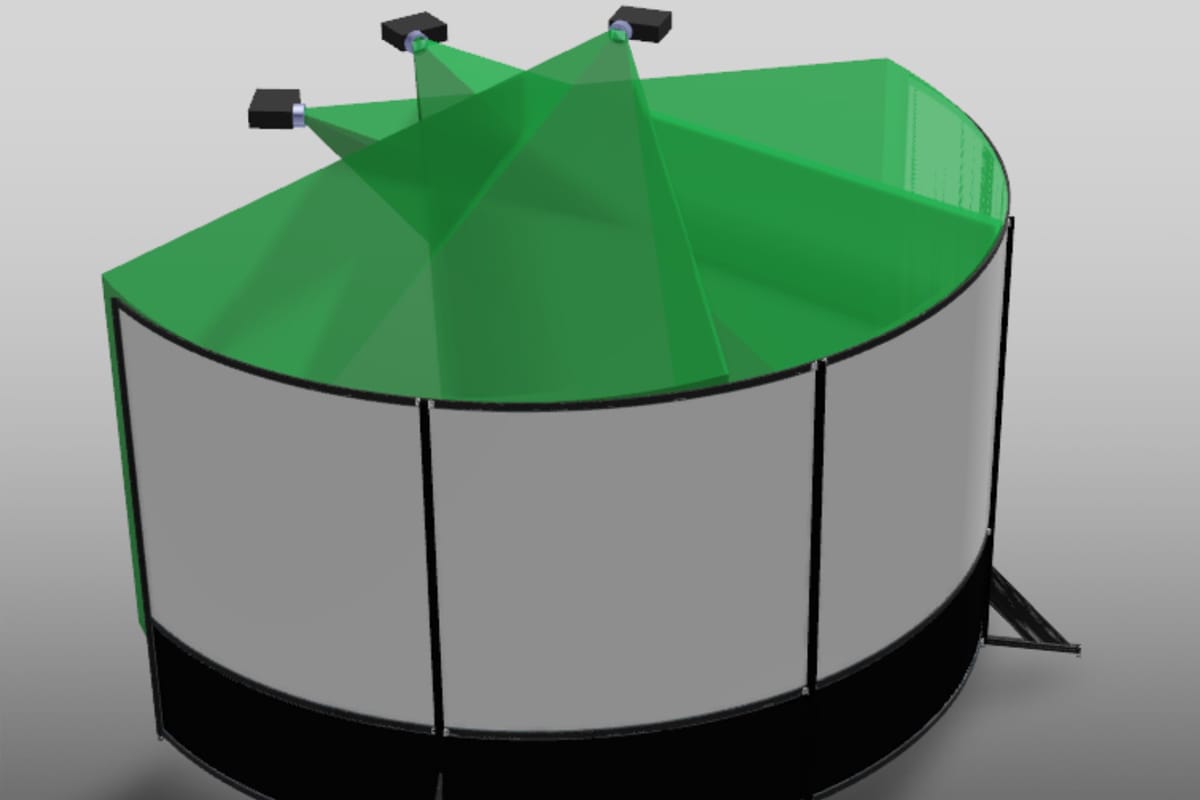
Benefits: Increased field of view, reduced edge distortion, scalable configurations.
Applications: Flight simulators, vehicle training, immersive collaboration, control centres.
Curved screens are widely used in simulation, training, and immersive visualisation. They provide a continuous field of view with reduced edge distortions, enhancing realism and engagement. These screens can be customised in size, curvature, and projection type to suit different environments. Common applications include flight and driving simulators, virtual collaboration spaces, and control rooms.
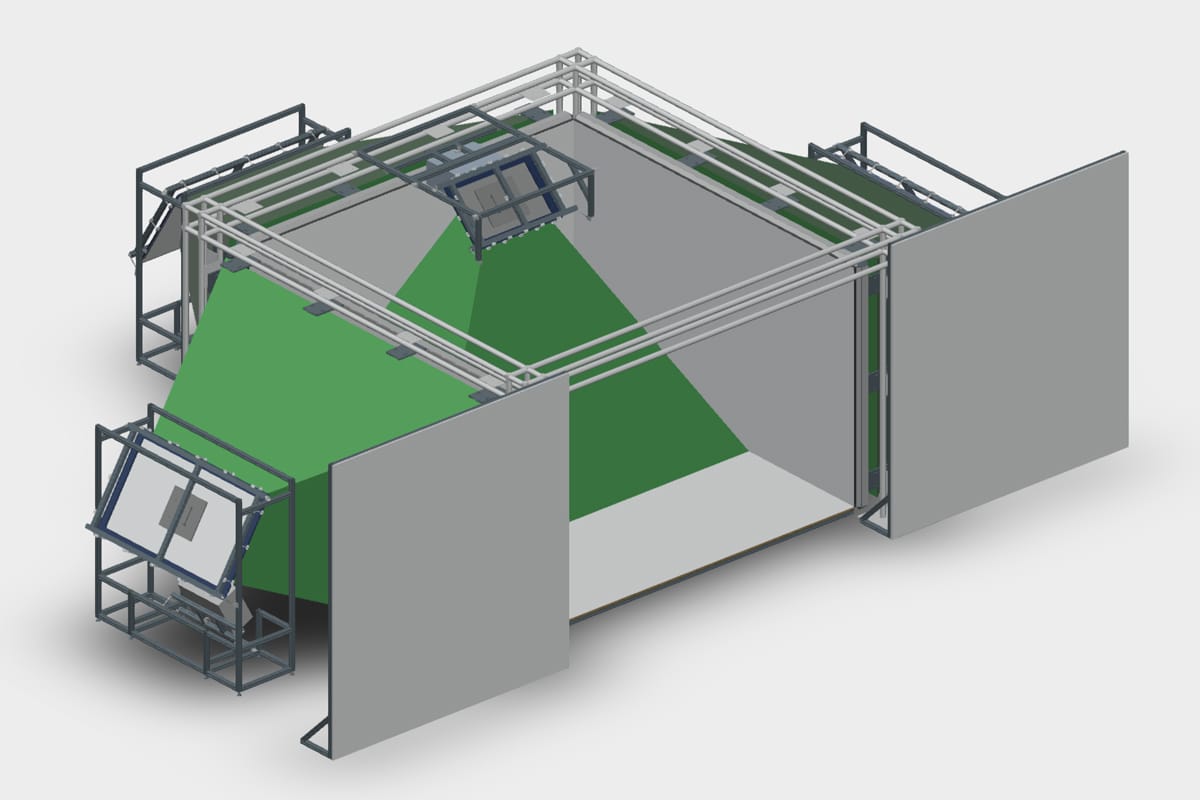
Benefits: Fully immersive, interactive 3D environment, multi-user collaboration.
Applications: Engineering design, medical training, scientific research, high-end VR.
CAVEs (also known as Cave Automatic Virtual Environments) are multi-sided projection rooms where users step into a fully enclosed virtual world. These immersive environments use high-resolution projection on multiple walls, including the options of floor and ceiling, for fully interactive training and research applications.
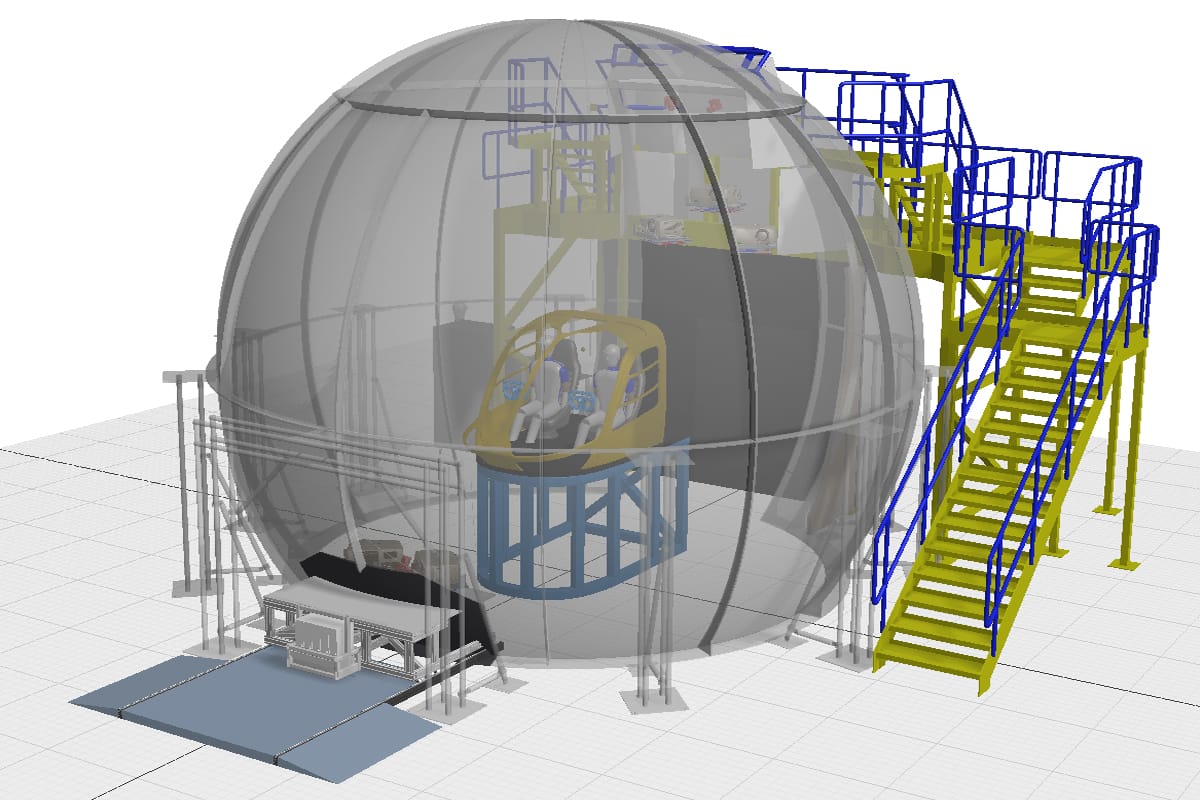
Benefits: Seamless, high-resolution display, panoramic field of view.
Applications: Planetariums, VR simulation, military training, fixed wing and helicopter simulation, themed attractions.
Dome projection systems provide the ultimate in full-surround immersion, with up to 360° panoramic visuals. Often used in planetariums, aerospace simulation, and virtual reality experiences. These screens eliminate visual boundaries, offering an uninterrupted immersive environment. The curvature and projection alignment ensure a natural viewing perspective from multiple angles.
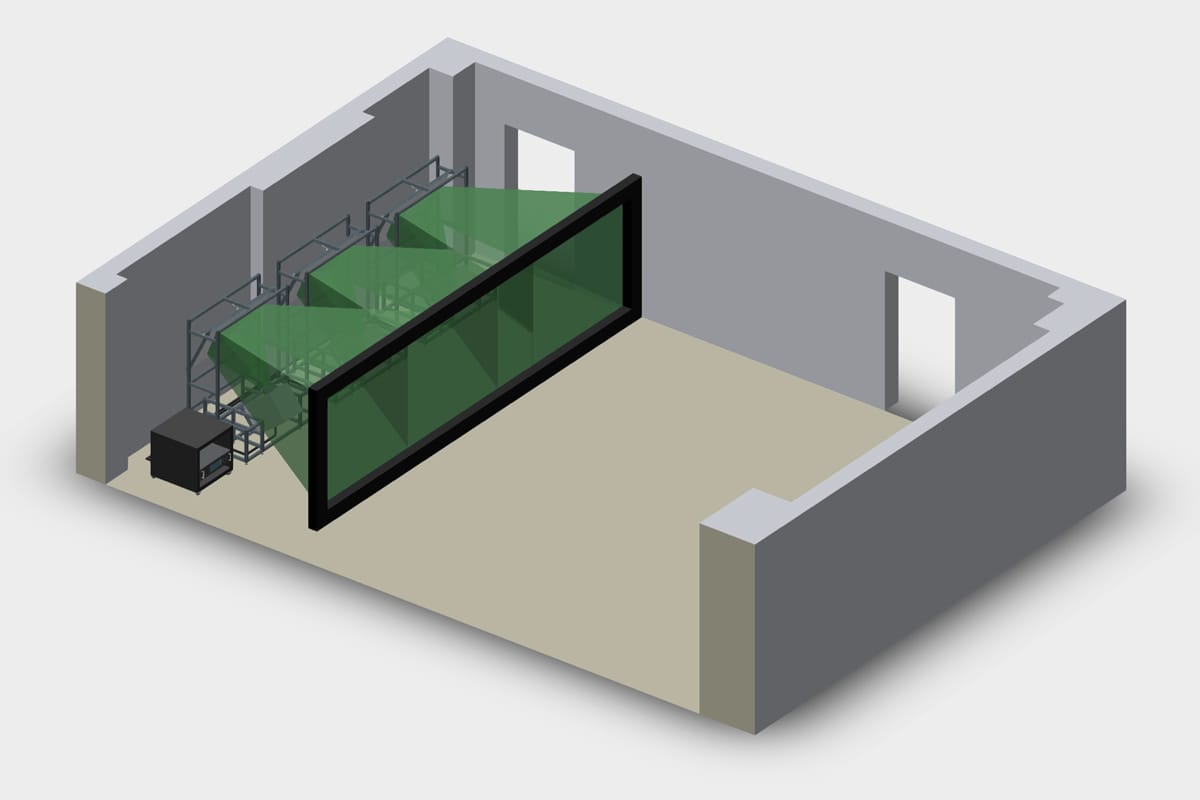
Benefits: High resolution, collaborative multi-user capability, large-scale visualisation.
Applications: Architectural and engineering design, data visualisation, research labs, crisis response centres.
Powerwalls are ultra-high-resolution, large-format displays designed for engineering, data visualisation, and collaborative analysis. They provide extreme clarity and detail, often used in CAD design, geospatial analysis, and real-time data monitoring. They can be configured as single large screens or tiled multiple displays for enhanced flexibility.
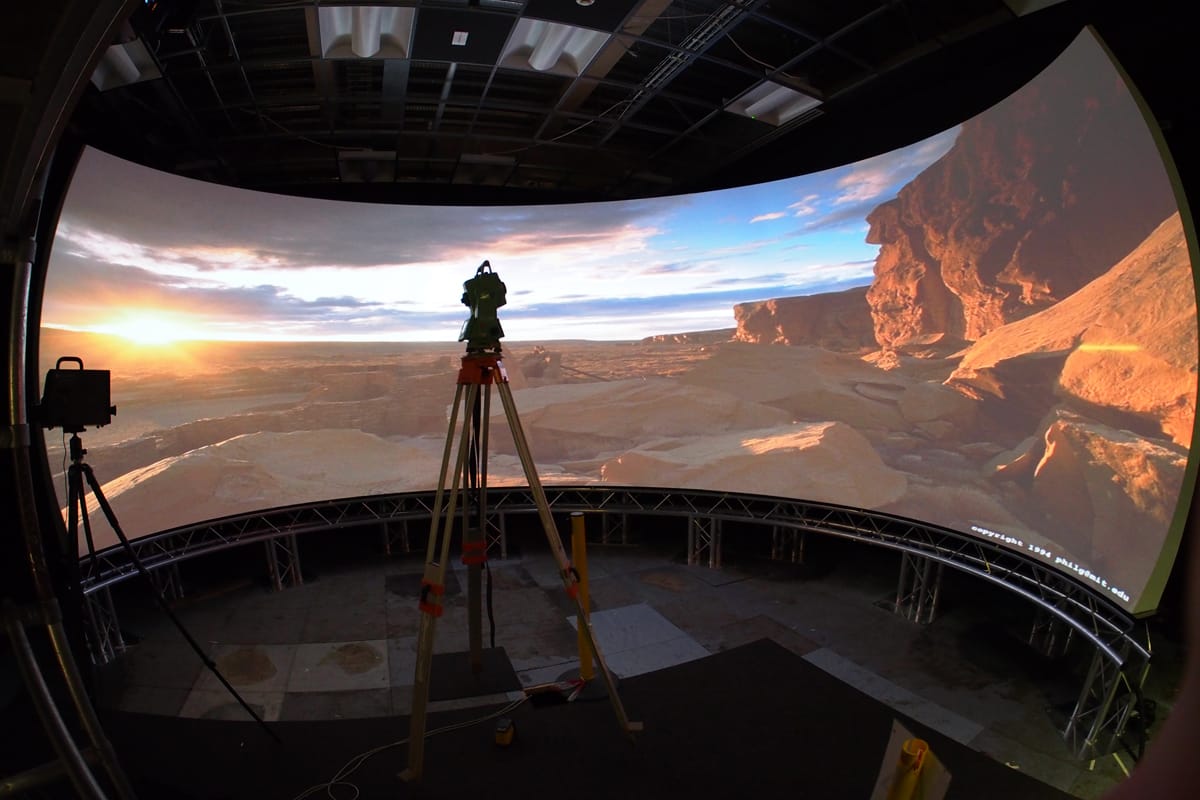
Benefits: Wider field of view, reduced optical distortion, optimised for multiple perspectives.
Applications: Research facilities, control centres, interactive simulations, military operations.
Toroidal screens (think of a section cut from the outside of a ring doughnut!) are designed for specific applications that require a wider aspect ratio with minimal distortion. Their unique shape provides a more natural perspective in high-detail simulation and research applications. They work best for single users or small groups in fixed positions, usually seated. These screens are particularly effective for multi-user training and decision-making scenarios.

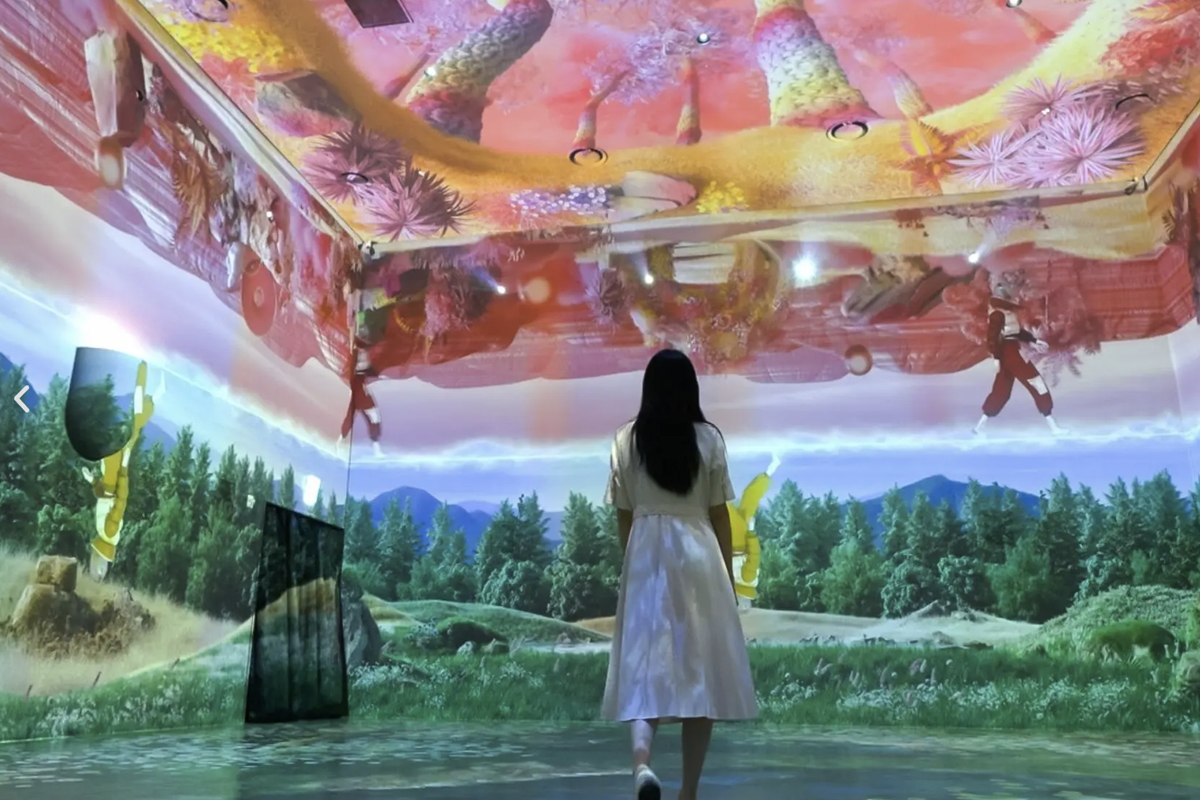
GeoBox is a powerful multi-display image processing solution that enables precise warping, blending, and edge correction for seamless immersive visuals. A key component in high-performance immersive display systems.
Warping & Mapping: Correct distortions and align projections for curved, dome, and irregular screen shapes.
GeoBox eliminates the need for complex software-based blending solutions, offering hardware-driven reliability, low latency, and precise image control.


In almost all cases you have the option of adding the extra dimension of 3D. When it comes to 3D there are two main types: passive and active, each with their own advantages and use cases. We can help you with all your options.
However, there is one thing you should know: our latest-generation passive 3D systems are incredibly affordable so do enquire even if you fear this might be outside your budget.

Each display type is compatible with various projection methods, including:
Front Projection: High-brightness, scalable solutions for immersive environments.
Rear Projection: Optimised for environments requiring minimal obstructions.
Our expertise ensures the perfect combination of display type and projection technology for any space.

For seamless performance and high-quality visuals, our services include:

Through our partnership with iDEA Studio, we offer extensive content and programming services.
Explore our content creation services further.

Including Curved Screens, Caves, Domes, Toroidal and Powerwalls. Front and rear projection. 2D and 3D.
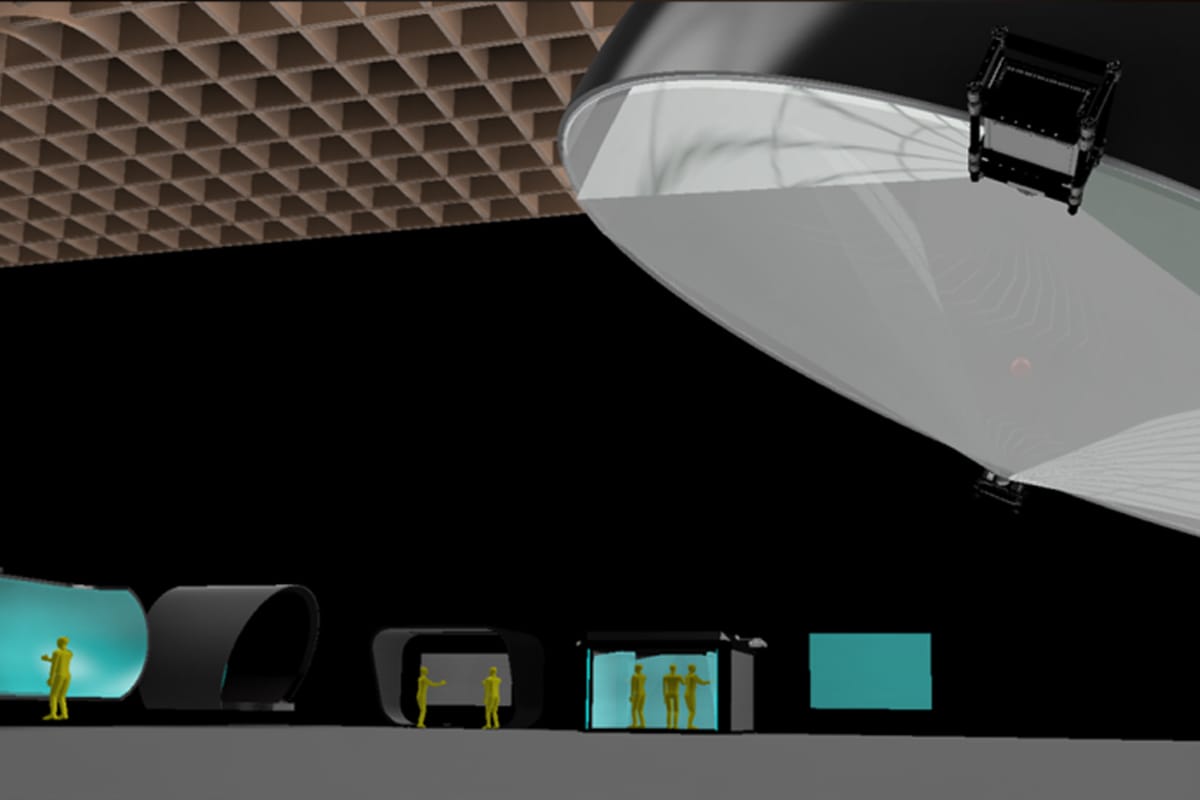
Full parametric 3D CAD, DPX real-time design and configuration tool, design consultancy.
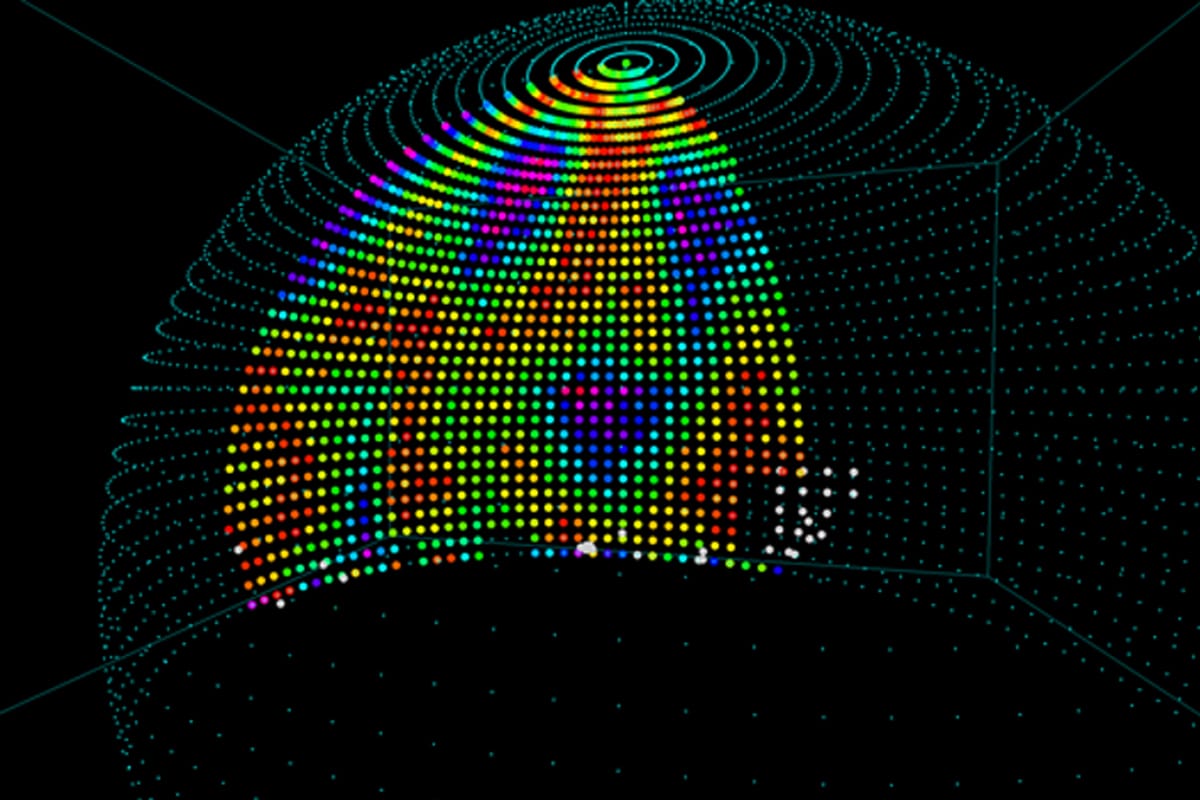
Revolutionary tools and services transforming speed and accuracy of installations based around Stellar products and services.
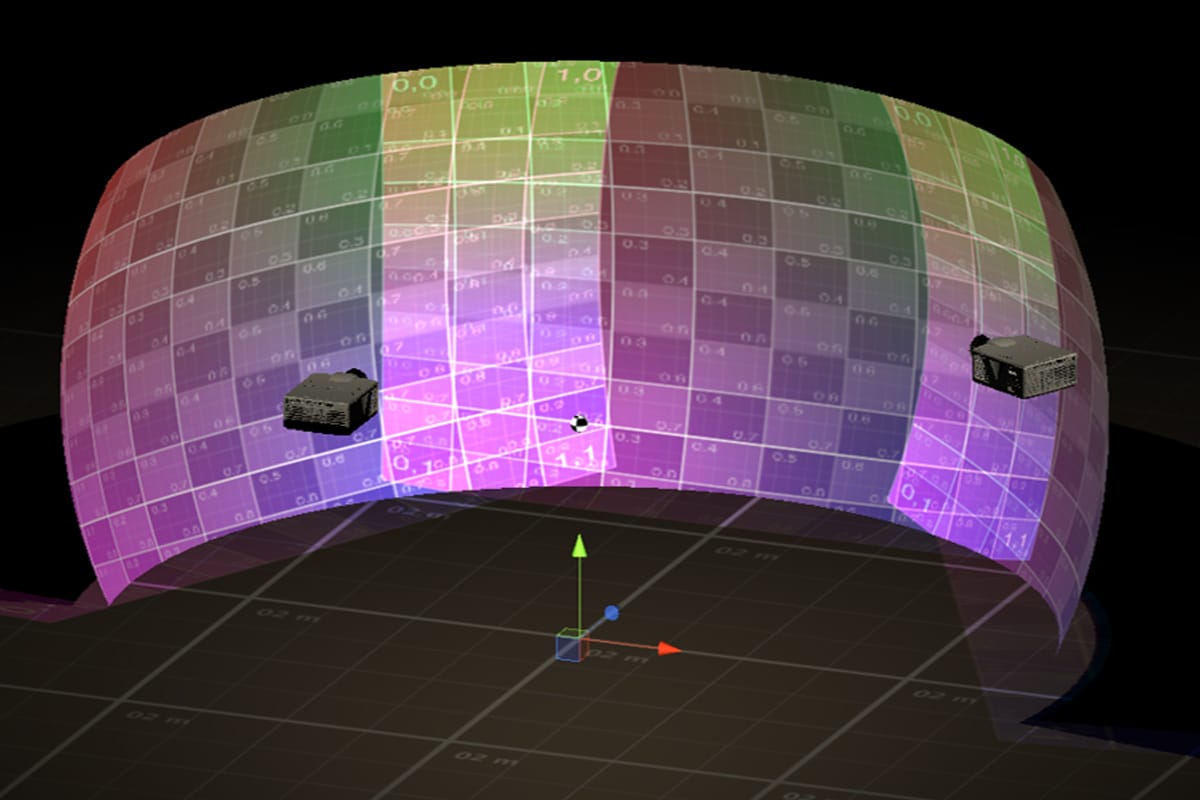
We help you project anything onto any surface from any position.

An immersive display is a high-performance visual system designed to create a realistic, engaging experience using projection and digital technologies.
Key types include curved screens, CAVEs, domes, toroidal screens, and powerwalls, each suited to different applications such as training, simulation, research, and entertainment.
GeoBox is one of the most effective hardware-based image processing solutions for immersive displays, offering precise warping, blending, and edge correction for seamless multi-projector setups.
Industries such as aviation, military, education, architecture, healthcare, and entertainment leverage immersive displays for training, simulation, and presentations.
The best display depends on application needs, available space, projection technology, and budget. Our team offers consultation and tailored solutions.
Yes, many immersive displays support active and passive 3D projection for enhanced depth perception in training, simulation, and VR applications.
Costs vary based on size, projection method, content requirements, and installation complexity. Contact us for a detailed quote.